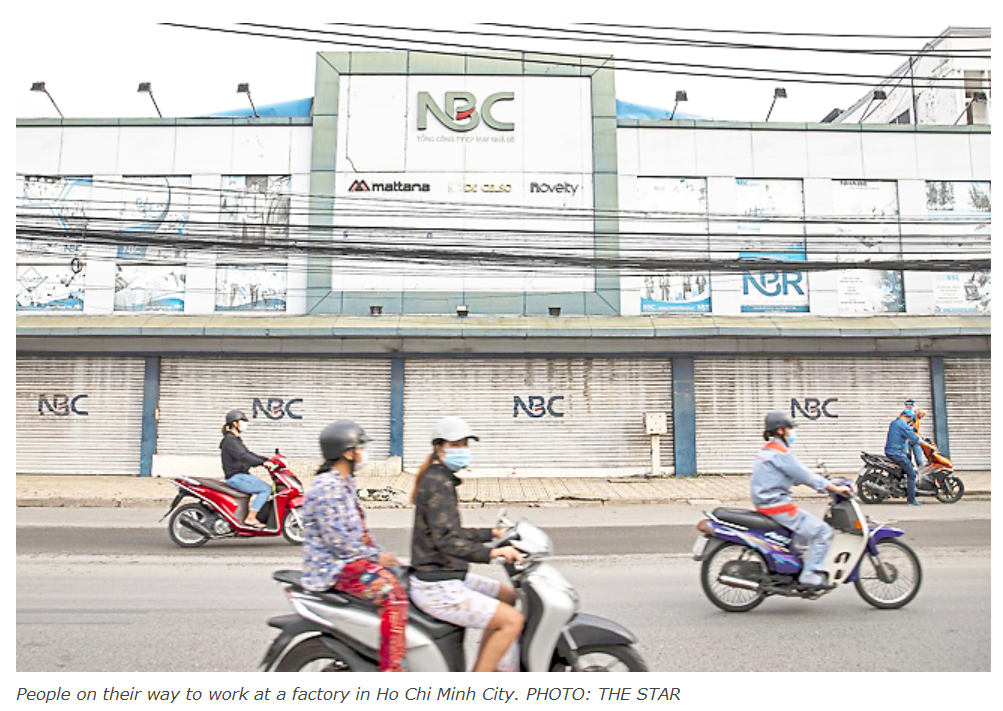Labour shortage threatens to slow growth
THE STAR – Globally, as economies re-open after lockdowns, reports of employers unable to find the workers they require have become ubiquitous across the United States, United Kingdom, Canada, Australia, and parts of the European Union, notes Ernst & Young Consulting Sdn Bhd (EY Malaysia) partner – people advisory services Low Choy Huat.
Low told StarBizWeek that common challenges include early retirement, slower birth rates, a sizeable number of employees in furlough schemes, the mismatch of qualifications and outward migration.
He pointed out that the most recent US Labor Department’s monthly Job Openings and Labor Turnover Survey showed there were 10.4 million job openings in August while the number of people leaving their jobs rose to 4.3 million – the highest level seen on record dating back to December 2000.
“Similarly, the UK and eurozone are facing structural challenges that will take time to even out,” said Low.
Low notes that regionally, the Asia-Pacific region is suffering the most acutely from talent shortages, with five of the top-10 worst affected markets in the survey being Japan (89 per cent), Taiwan (78 per cent), Hong Kong (76 per cent), Singapore (56 per cent) and India (56 per cent).
In Japan, the number of employers reporting difficulties continues to grow, currently standing at 89 per cent – the highest reported globally.
“A new work from anywhere paradigm, where individuals can work anywhere and for anyone, is emerging. This will potentially create an increasingly borderless working world and an open talent marketplace in the future,” said Low, adding that organisations will need to reframe their talent strategies to cater to the needs of a global and diverse workforce to address the labour shortage.
He pointed out that countries such as Singapore, Japan, the US and the UK have adopted various short, mid and long-term measures. Singapore is upskilling its workforce, adjusting credential requirements and recruiting from less conventional talent pools such as mature workers, while in the US and UK, an increase in salaries was reported to remain competitive with other organisations in key industries like hospitality.
“In Japan, immigration reform was initiated to combat the ongoing labour shortage threatening its economic growth. The reform package was formulated to boost the number of workers in 14 blue-collar sectors by opening up immigration to foreign workers with specified skills,” said Low.
Meanwhile, a recent report by Royal Bank of Canada (RBC) Thought Leadership said worker shortages will continue to challenge Canada’s post-pandemic labour market, as the baby-boom generation continues to move into retirement age.
Roughly 23 per cent of the working-age population in Canada is expected to be 65 years or older by 2024.
“An ageing population will continue to boost retirements and lower the share of the population participating in labour markets -removing roughly 600,000 workers from the available labour market pool over the next three years,” said the RBC report.
It noted that worker shortages in Canada are evident both in the industrial sector, where skilled trades are in short supply and in the travel and hospitality industries, where the current employment shortfall compared to pre-pandemic levels is the largest.
Source: https://borneobulletin.com.bn/labour-shortage-threatens-to-slow-growth/


 Thailand
Thailand




